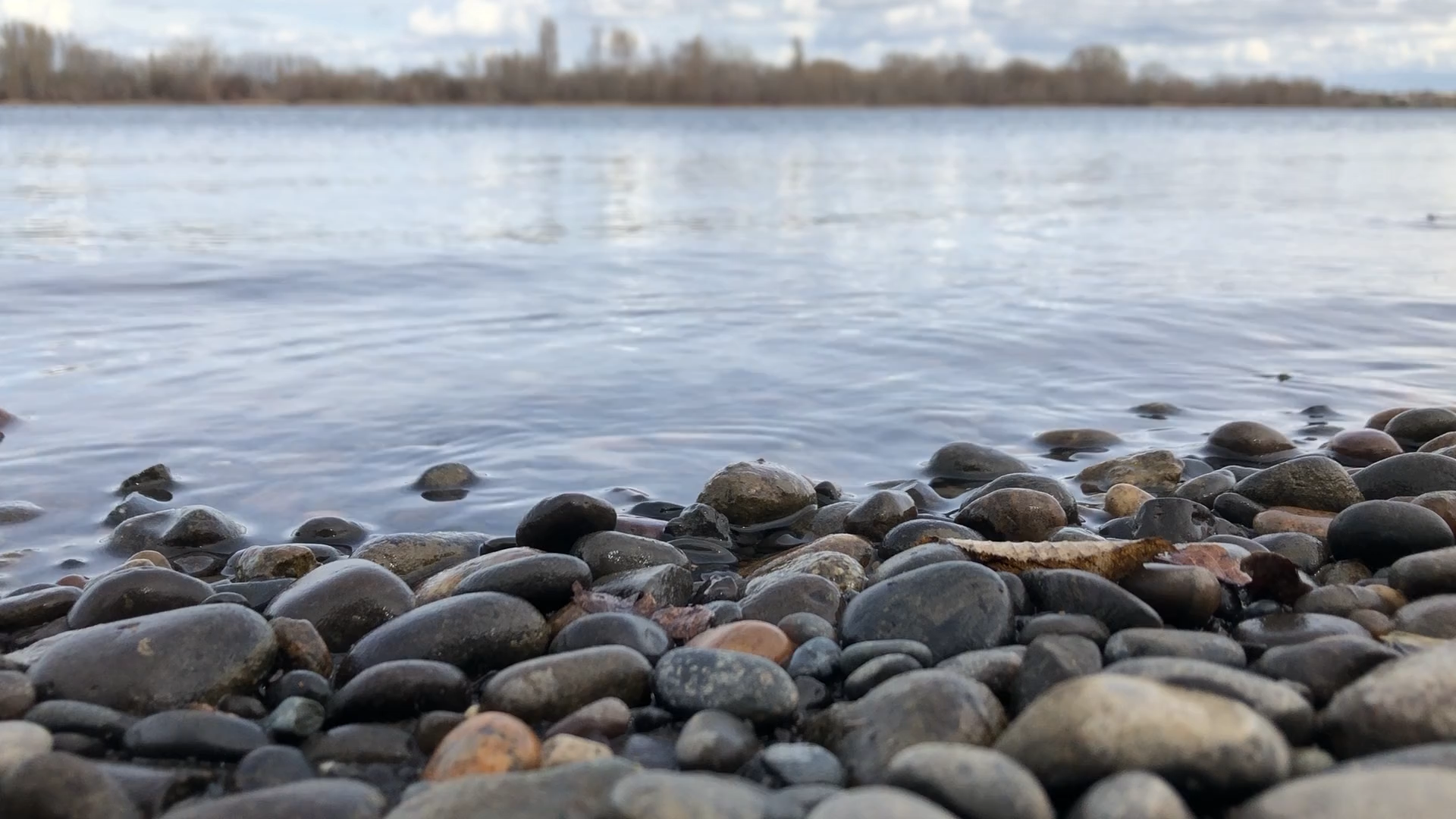Whether you’re new to the region or have lived here all your life, you’re likely aware of the unique climate that separates Eastern Washington from the rest of the Pacific Northwest. On average, our region is among the driest and warmest in the country, adding some confusion to the common conception that Washington is hidden under a near-constant cover of rain. This week we’ll be shedding a light on the weather systems that define the Tri-Cities and look in greater detail at how our climate informs both our history and future.
Rain Shadow
Ask anyone in the world what they think of when picturing Washington State or the Pacific Northwest and it’s almost certain you’ll hear some variation of these two responses: rain and evergreen trees. If you’re familiar with the Tri-Cities, you know that there is ironically very little of either in eastern Washington. The Tri-Cities receives approximately seven inches of precipitation each year. Comparatively, the Seattle area averages around 37 inches on an annual basis. That’s more than five times what we see!
What is the cause of this drastic variation in rainfall over a relatively short distance? The answer is a relatively simple climatological effect known as “rain shadow.” To explain it simply, evaporated moisture from large bodies of water (i.e., the Pacific Ocean) is forced inland by prevailing winds where it gathers in clouds and begins to precipitate. If a large enough mountain range is located relatively close to the coast (the Cascade Mountains in our case), the evaporated moisture will be forced upslope and will lose most, if not all its humidity before passing over the peak. By the time the moisture front reaches the opposite side of the mountains, it is much drier, causing the region to reflect that in its climate. If you want to see this effect firsthand, look at a satellite image of the Pacific Northwest. You can see a clear line where the biome changes from lush green forest dry shrub-steppe on the eastern side of the Cascades.
Temperature
It’s no secret that it gets hot during the summer months in the Tri-Cities. Without the advent of air conditioning, we’d be in an unfortunate situation here! This year we set record highs during the months of June, July, and August, when temperatures soared to a blistering 118º F (yep, that’s not a typo). For reference, Death Valley, California, one of the hottest regions in the world, averages a temperature around 108º F. Stay hydrated during the summers here!
Conversely, winters in the Tri-Cities can easily reach below zero degrees Fahrenheit. While the average temperature during our winter months is in the upper single digits, the lack of precipitation means that we typically don’t receive much snowfall, which can be a good thing for our infrastructure systems. You’ll want a fireplace or a good heating system to stay warm between November and February.
Conclusion
All in all, the climate of our region plays a key role in defining who we are as a community and how we interact with our environment. It’s good to know as much as possible about the weather systems that impact our way of life here, and hopefully you’ve learned some useful information here. Now let’s hunker down for the winter and snuggle up with some hot cocoa to keep us warm!



